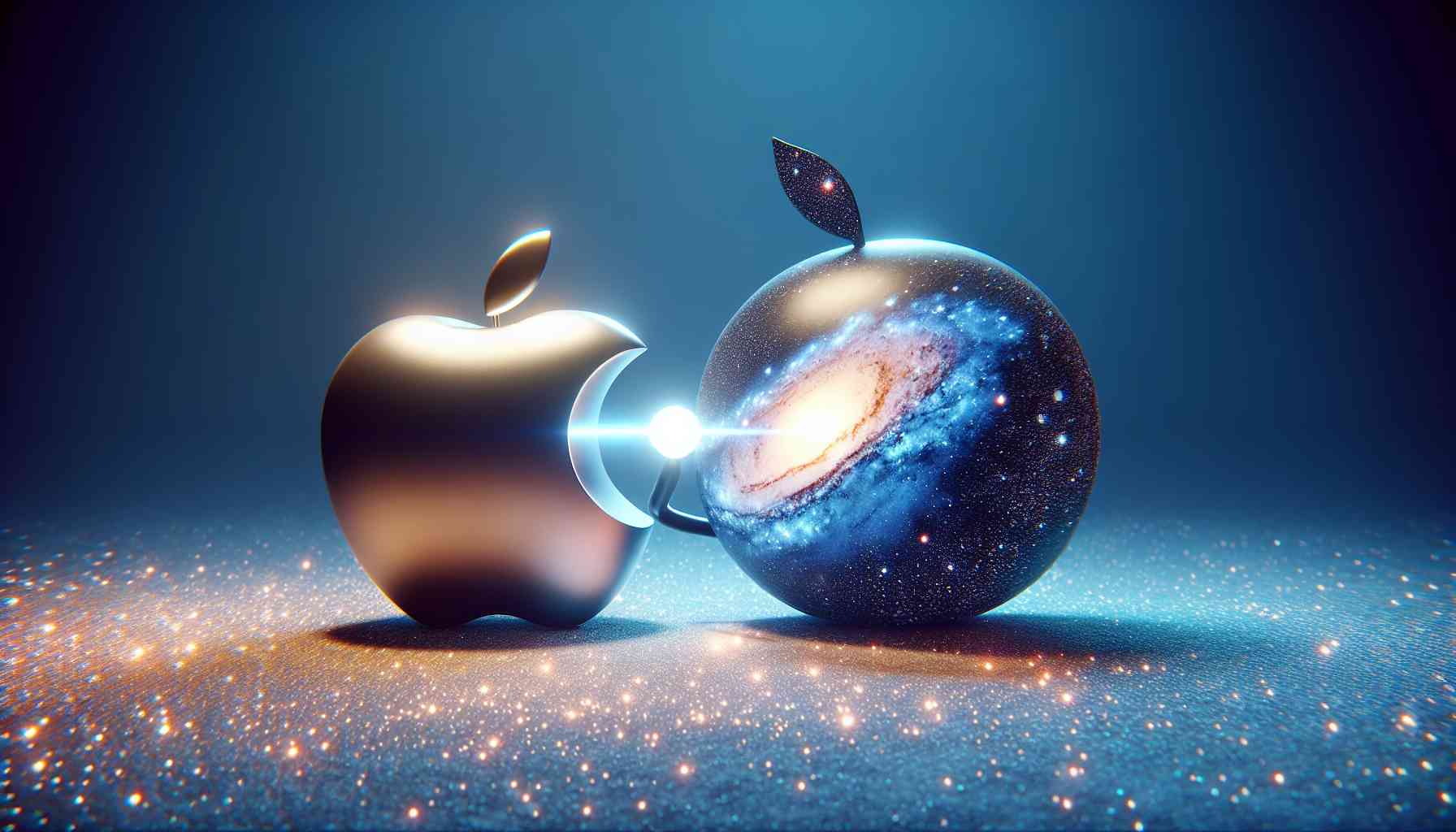In the race for dominance in the world of spatial computing, Apple and Samsung are gearing up for direct competition with their latest headphone sets: Apple Vision Pro and Samsung XR. While Apple aims to redefine the concept of virtual reality with its unique approach, Samsung is determined to put Apple at a crossroads.
One of the key differences between these headphone sets lies in the chipsets used. Apple Vision Pro features a powerful M2 chipset, known for its exceptional performance. However, this performance comes at the cost of a shorter battery life, as the M2 consumes significantly more energy compared to Qualcomm’s Snapdragon XR2+ Gen 2, which Samsung plans to use in its XR headphones. Samsung’s choice of chipset may not be as powerful as Apple’s M2, but it compensates with features such as higher screen resolutions and better camera capabilities.
When it comes to screens and cameras, both Apple and Samsung attach great importance to these aspects. Apple Vision Pro offers high-resolution screens and clear view cameras, providing users with immersive and visually stunning experiences. Samsung aims to match Apple’s visual quality by equipping its XR headphones with ultra-high-definition 4K screens and smartphone-grade camera sensors.
While Apple plans to introduce Vision Pro at a high price of $3500, Samsung aims for a more affordable price around $1000 for its XR headphones. Although Samsung’s headphone set may not push the boundaries like Apple’s offering, the significant price difference could make it an attractive option for many consumers.
Beyond hardware, the availability and quality of applications play a crucial role in the success of any headphone set. Apple has already announced that Vision Pro will support over one million iOS applications, making it an “iPad on your face.” On the other hand, Samsung’s partnership with Google suggests that XR headphones will have full access to the Google Play Store, giving them an advantage in terms of a wide choice of applications.
As the competition for dominance in spatial computing intensifies, it remains to be seen which headphone set will emerge as the winner. Apple’s Vision Pro may have the advantage in terms of performance and design, but Samsung’s XR is striving to offer an attractive alternative at a more accessible price. Ultimately, the success of these headphone sets depends on factors such as user experience, application ecosystem, and the ability to deliver the “wow” factor that customers seek.
FAQ
What are the differences between Apple Vision Pro and Samsung XR headphones?
Apple Vision Pro uses the M2 chipset, which provides high performance but shorter battery life. Samsung XR utilizes the Snapdragon XR2+ Gen 2 chipset, which is not as powerful as the M2 but compensates with features such as better screen resolution and camera capabilities.
What are the expected prices for Apple Vision Pro and Samsung XR headphones?
Apple Vision Pro is expected to have a high price of $3500, while Samsung XR will be available at around $1000.
What are the important factors for the success of these headphones?
Key factors for the success of the headphones include a good user experience, a robust application ecosystem, and the ability to deliver the “wow” factor.
Definitions
Spatial computing – a technology that combines virtual reality with the real environment, creating interactive experiences for users.
Chipset – an integrated circuit responsible for data processing and controlling other components in electronic devices.
Application ecosystem – a collection of available applications, tools, and services that support a specific product or technology.
Source: [link](https://example.com)
The source of the article is from the blog japan-pc.jp
